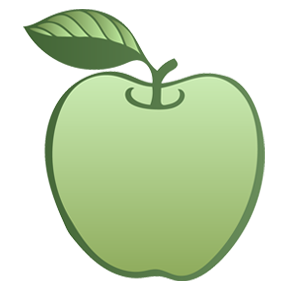RINGWOOD EXPANDING ACADEMIC AND LIFE SKILLS MILESTONES
PROGRAM PHILOSOPHY:
The REALM Program is developed and supported by the Ringwood Board of Education in response to the growing needs of our children requiring a highly structured, individualized educational program that utilizes the principles of ABA. In addition to an intense regimen of discrete trial teaching or applied verbal behavior (VB) teaching, The REALM program utilizes other ABA based teaching methods such as shaping, prompting, prompt fading, backward and forward chaining, modeling, reinforcement programs, and functional assessments. It offers other specialized interventions such as speech/language therapy, occupational therapy, and physical therapy. In addition, we maximize mainstreaming and inclusion opportunities with neuro-typical children when appropriate.
APPLIED BEHAVIOR ANALYSIS (ABA):
ABA is a set of concepts and principles “devoted to the understanding and improvement of human behavior” (Cooper, Heron, & Heward, 1987, p. 2). ABA is the process of systematically applying interventions based upon the principles of learning theory to improve socially significant behaviors to a meaningful degree (Baer, Wolf, & Risely, 1967; Alberto & Troutman, 2008; Buchanan & Weiss, 2006; Celiberti, Buchanan, Bleeker, Kreiss, & Rosenfeld, 2004; Sulzer-Azaroff & Mayer, 1991). The key components of ABA are: (1) focusing on objectively defined, observable behaviors of social significance; (2) improving the selected behavior while demonstrating a reliable relationship between the methods used and the behavioral improvement; and (3) using the methods of science - description, quantification, and analysis (Cooper, Heron, & Heward, 1987).
PROGRAM COMPONENTS:
Intensive 1:1 teaching
Individualized goals
Teaching strategies based on ABA and VB
Highly structured small group instruction
Program BCBA
Ongoing home-school collaboration
Parent training and workshops
Speech/language therapy
Augmentative communication (PECS, high tech devices, IPad, etc)
Occupation therapy, including sensory input strategies
Inclusion opportunities
Collaboration with general education teachers and students
Educational programming from preschool through grade 8
